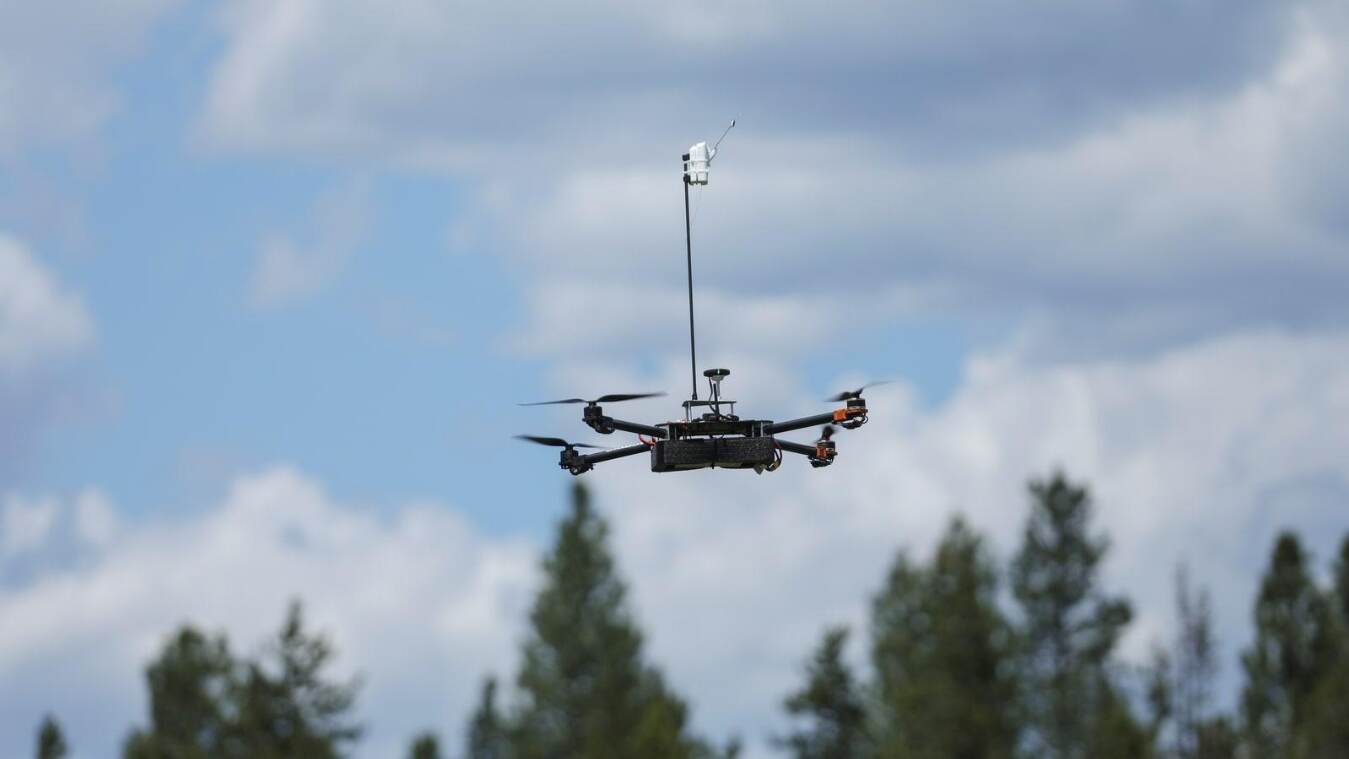Limitless possibilities

On Thursday, the Indian Government notified the Drone Rules 2021 with the aim of defining the rules of private and commercial drone usage in India. According to the Ministry of Civil Aviation, these new rules are "built on a premise of trust, self-certification, and non-intrusive monitoring." While introducing the rules, PM Modi stated that "the new Drone Rules will tremendously help start-ups and our youth working in this sector. It will open up new possibilities for innovation & business. It will help leverage India's strengths in innovation, technology & engineering to make India a drone hub." The overall thrust of these new rules is to relax the existing system of multiple requirements and approvals that are needed for the operation of drones by civilian operators. This new framework reduces the total number of forms to be filled for drone operation from 25 to five. Additionally, the total number of fees to be paid prior to drone use has been reduced from 72 to four. Various strict requirements from the previous drone operation framework — unique authorisation number, unique prototype identification number, certificate of manufacturing and airworthiness, certificate of conformance, certificate of maintenance, student remote pilot license, drone port authorisation, etc., have been abolished. Fees that were previously linked to the size of the drone in question, have now been reduced to a flat rate of Rs 100 for all categories of drones. The new rules also classify drones and unmanned aircraft into five new weight categories that range from nano unmanned crafts weighing less than 2kg to large drones and heavier crafts that weigh over 150 kg. The coverage of these drone rules has also been expanded from 300 kg in weight to 500 kg, a move that would allow not for heavy payload-carrying drones but even potentially air or drone taxis in the future. To further facilitate the ease of operating civilian drone systems, the government has stated that an interactive airspace map will soon be available on a digital platform that would designate zones as green, yellow or red. No permission is required for the operation of drones in green zones. A change in regard to these zones is that the yellow zone around airports has been relaxed from a previous distance of 45 km from the airport perimeter to 12 km. A Digital Sky Platform would also be utilised for online registration and de-registration of drones. In regards to companies operating drones, foreign ownership has also been allowed. But it isn't all about convenience and relaxation of norms. As may be recalled, the draft rules for this new drone policy were announced mere weeks after a drone attack took place on an Indian Air Force base in Kashmir during the month of June. The Ministry of Civil Aviation has stated that a whole host of security features — 'no permission- no takeoff' systems, real-time tracking beacon, geo-fencing, etc., would be notified in the future with a minimum six-month lead time for compliance. The penalty for violation of the new rules has been reduced to Rs 1 lakh. In addition, while foreign ownership of drones is allowed, any imports of drones will still be regulated by the Directorate General of Foreign Trade. Finally and most significantly, restrictions on 'beyond visual line-of-sight' (BVLOS) operations have still not been lifted despite considerable demand from private industries. Though these restrictions remain, these rules are expected to go a long way in increasing the ease of operating these drones and even setting up business ventures around them. As mentioned above, the inclusion of even heavier drones and unmanned crafts in these new rules would allow for commercial use of heavy payload-carrying drones and unmanned crafts which could be used for deliveries. There are also stipulations for the future development of drone corridors for cargo deliveries. Additionally, as noted by Civil Aviation Minister Jyotiraditya Scindia, the new drone rules would potentially allow for air taxis in the not-so-distant future. Though efforts to develop commercial ventures around air taxis are still some time off in the future with concerns over profitability, the new Drone Rules 2021 raise the possibility that one day air taxis would be useable in a way that would reduce both traffic and pollution in Indian cities. Beyond this, the usage of drones in civilian life is practically limitless with a widening range of uses as technology and regulation shape the future of such systems. As noted above, there is one prominent area where these rules have not been relaxed and that is the usage of drones in BVLOS operations. This is significant as BVLOS drones open up a whole host of commercial and lifesaving opportunities. A prominent example of this is using BVLOS drones for easing the last-mile delivery of vital shipments such as medicines in areas where regular deliveries are otherwise harder or slower to make. Such systems could revolutionise the delivery of vital medicines in times of natural disasters or pandemics or simply make it easier to make quick deliveries in dense urban settings. As of now, the government has only allowed a limited number of entities to carry out trials for BVLOS operations as a way of exploring the potential of allowing full commercial use. For obvious reasons, the potential for misuse in BVLOS systems is still a major cause of concern for the government.



